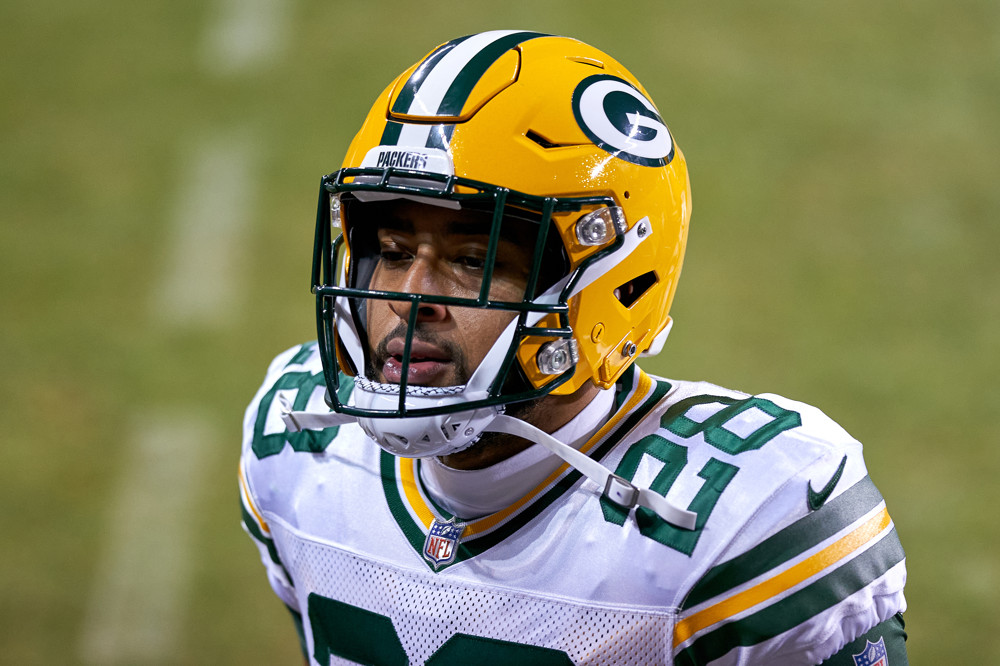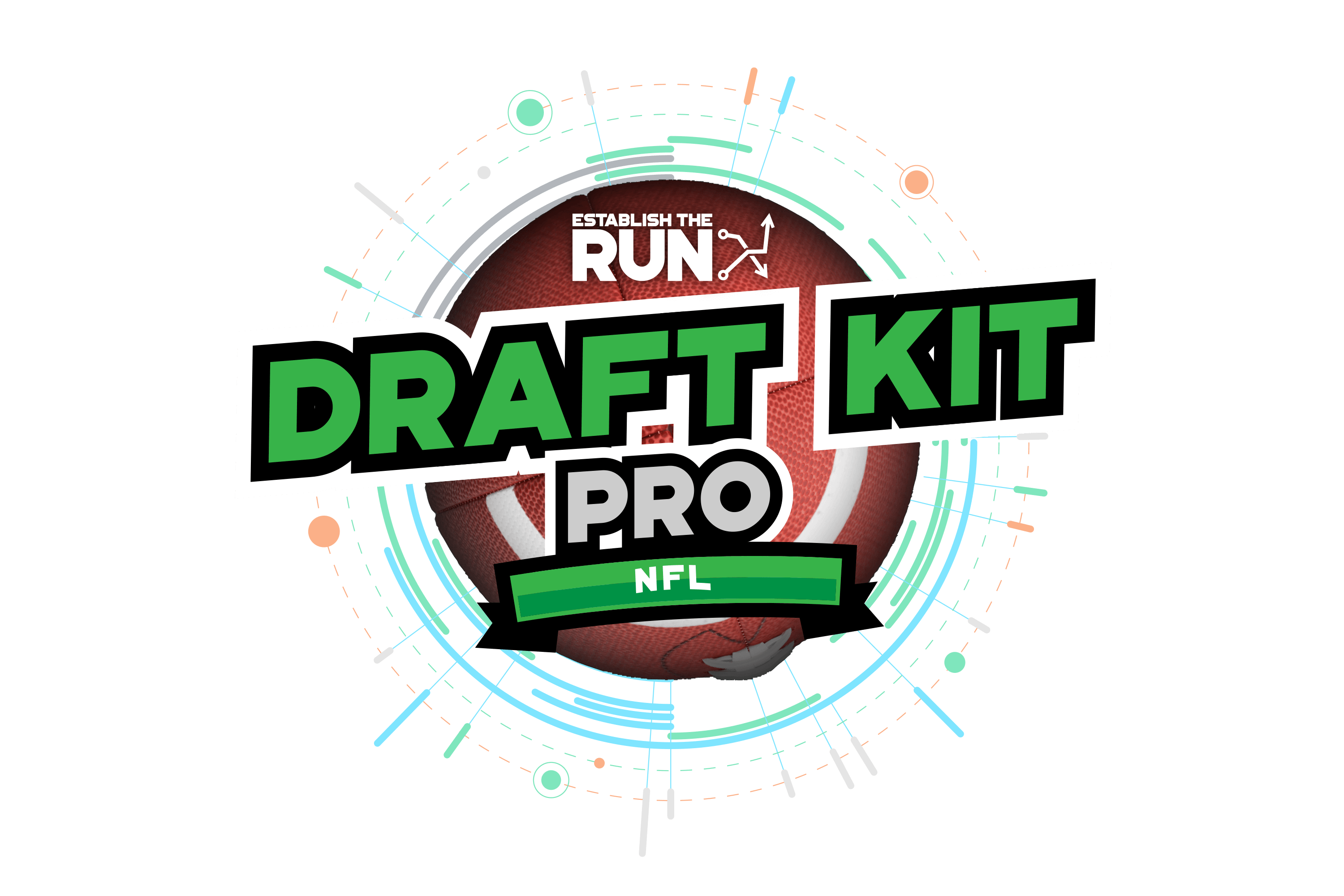We have done extensive work on what you should be looking for in draft prospects. One theme that is consistent throughout all of the research is that draft capital matters. But sometimes we can be surprised on draft day by a selection we did not expect. That often creates a dilemma in rookie drafts: Do we value the priors or the draft capital?
Methodology
One way to evaluate this is by using consensus draft rankings. Jack Lichtenstein created a website that aggregates big boards from around the industry, starting in 2016. I took a look at all top-100 running backs, receivers, and tight ends from 2016 to 2020, and noted the ones who were “over-drafted” by at least half a round (16 picks) versus the consensus big board rank.
The focus is on this particular draft range since players drafted outside of the top 100 rarely pan out anyway.
Here is the list of players by position and sorted by draft pick:
RB
Rashaad Penny
Kerryon Johnson
A.J. Dillon
Antonio Gibson
Royce Freeman
Kenyan Drake
Devin Singletary
Ke’Shawn Vaughn
Lynn Bowden
Darrynton Evans
WR
Will Fuller
Jalen Reagor
Curtis Samuel
Dante Pettis
Chase Claypool
Mecole Hardman
Van Jefferson
Diontae Johnson
Jalen Hurd
Taywan Taylor
Carlos Henderson
Tre’Quan Smith
Kenny Golladay
Chad Williams
TE
Evan Engram
Hayden Hurst
Adam Shaheen
Drew Sample
Josh Oliver
Devin Asiasi
Josiah Deguara
Jordan Akins
Jonnu Smith
I took a look at the hit rates of these players (using our linked methodologies) and compared them to the expected hit rate based on draft round.
Results
In total, there were 33 RBs, WRs, and TEs drafted 16 or more spots ahead of their consensus big board ranking from 2016 to 2020. Just four of these players were hits (12%). Using only the round the players were drafted in as a baseline, the expected hit rate in this sample was 27% (roughly nine players).
A random collection of players drafted in these rounds would have been more than twice as likely to hit as this group.
It would seem that when a team takes a stab at a player above his expected draft capital, it does not necessarily portend better success. We don’t have an overwhelming sample here, but this makes sense. The NFL Draft is a singular event — sample size of one. And within that one event, it takes only one team that disagrees with the consensus (an outlier) to markedly alter the results.
The consensus board, on the other hand, contains nearly 20 different opinions from credible sources. In essence, it is as if we are simulating the draft many times over, diluting the impact of any one result.
Should we automatically x-out over-drafted players in our rookie drafts? That more or less depends on how that draft capital is reflected in ADP. We know that hit rates for fourth- and fifth-round rookie picks are quite low. Even the 12% number projected in this sample would likely be better than a “random” pick in that range. But if these players are making their way into the earlier stages of your draft, it would make sense to proceed with caution.
Does It Work the Other Way?
A natural curiosity following this study would be: Does the inverse relationship exist when a player is drafted past his consensus big board ranking? As you can imagine, the sample size here is much smaller — it is more difficult to get multiple teams to pass on a player than for one team to reach on someone. With that said, the examples are promising in this 12-player sample:
RB
Dalvin Cook
Derrius Guice
Alvin Kamara
WR
Michael Thomas
A.J. Brown
Denzel Mims
James Washington
DK Metcalf
Michael Gallup
Braxton Miller
TE
Mark Andrews
Nick Vannett
There are quite a few names here you should recognize. This group produced seven hits (58%) — nearly double the over-drafted group despite a little over a third of the sample.
We don’t want to take away anything definitive here given the sample size, but it would appear these are players to (generally) target. This lends itself to yet another question: Is the consensus board more predictive than draft position itself?
I don’t have a conclusive take on this. The consensus board is difficult to pull the data from, so it is not particularly convenient to actually test this. However, my intuition is that — similar to the reasoning of why we like the consensus board to begin with — it would be more reliable than actual draft position. Just more evidence that what the scouts think matters!



